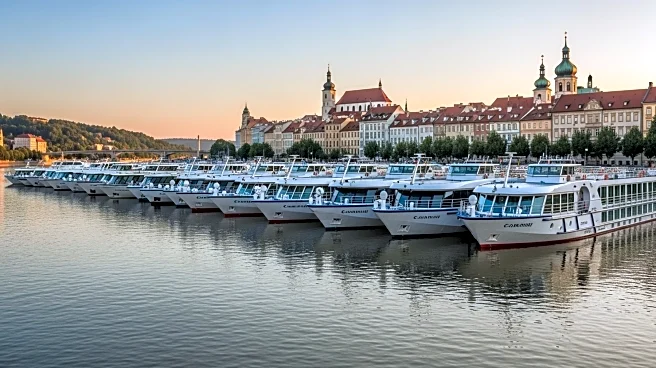What's Happening?
Costa Rica's hotel performance over the past five years has mirrored other leisure destinations popular with Americans, particularly in higher-end hotels and resort areas. Pre-2020, Costa Rica's hotel performance closely followed the Caribbean, with similar growth patterns in occupancy and average daily rate (ADR). However, post-pandemic recovery has seen a divergence, with Caribbean ADR reaching record highs while Costa Rica's ADR has fallen from its 2023 peak. The Caribbean's higher proportion of luxury hotels contributes to this difference. U.S. travelers, primarily visiting for leisure, have driven growth in Costa Rica's Guanacaste area and upscale hotels, while San Jose's RevPAR remains below 2019 levels.
Why It's Important?
The reliance on U.S. travelers makes Costa Rica vulnerable to fluctuations in American demand. A slowdown could impact ADR, particularly in high-end resort areas. The shift in traveler demographics, with more Americans and fewer Central American visitors, highlights changing travel patterns. This trend reflects broader global patterns where luxury hotels outperform lower-end options. Costa Rica's performance is crucial for its tourism-dependent economy, and changes in international travel preferences could affect its growth trajectory.
What's Next?
Costa Rica may seek to diversify its tourist base by attracting more visitors from Europe and Canada. A potential slowdown in U.S. demand could lead to decreased ADR and occupancy rates, affecting the hospitality sector. Monitoring international travel trends will be essential for stakeholders to adapt strategies and mitigate risks associated with reliance on American tourists.
Beyond the Headlines
The shift in traveler demographics may influence Costa Rica's marketing strategies, focusing on attracting diverse international visitors. The performance of luxury hotels versus lower-end options could lead to increased investment in upscale accommodations, impacting local economies and employment.











